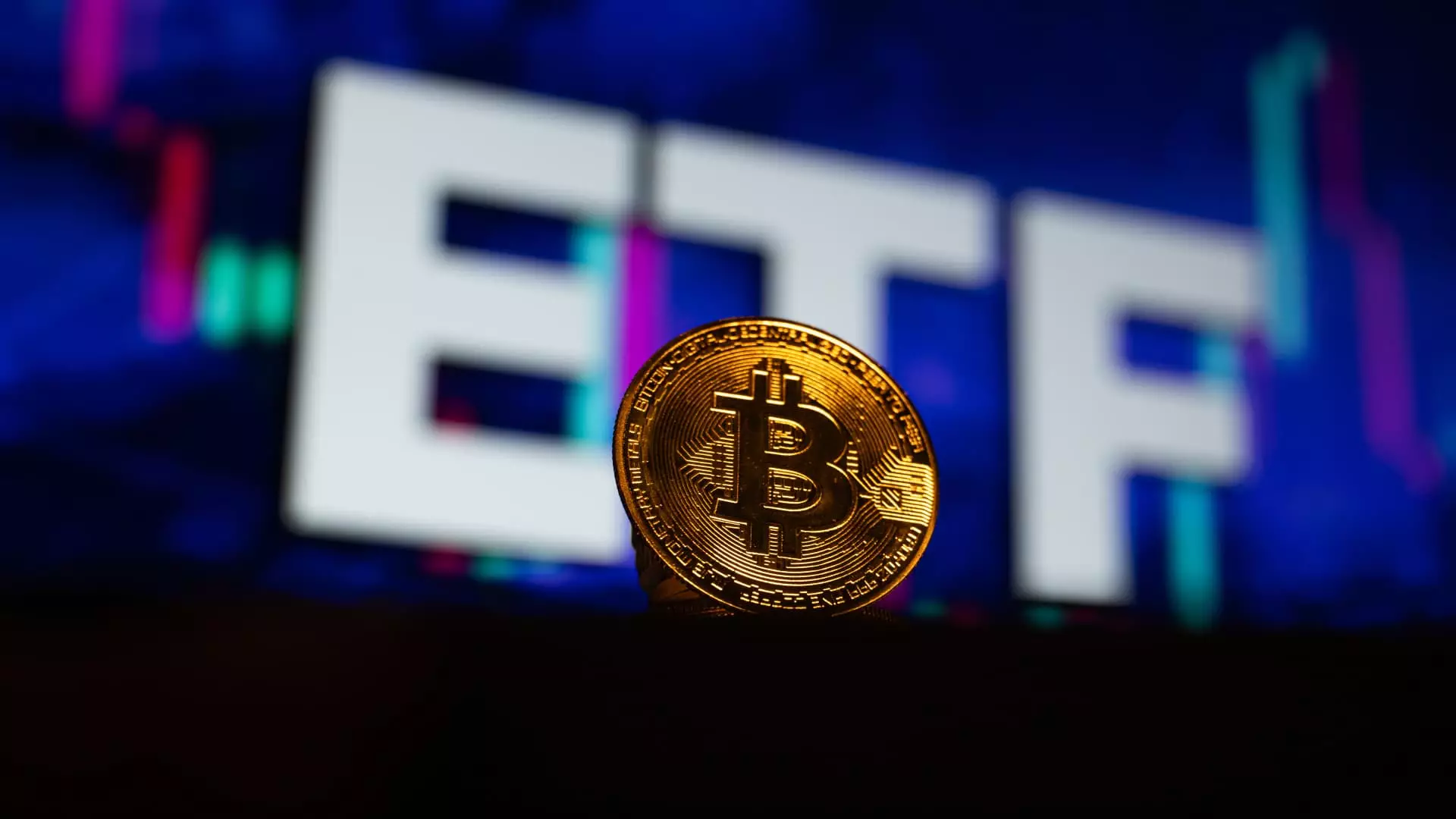In the rapidly evolving world of cryptocurrency, exchange-traded funds (ETFs) have established themselves as a significant player in facilitating mainstream market access. With the robust launch of bitcoin ETFs a year ago—precisely, the iShares Bitcoin Trust from BlackRock garnering a remarkable $36 billion in net new assets—there is a palpable sense of excitement surrounding the next chapter in this financial narrative. However, as we move into a new era, critical analysis suggests that expectations should be tempered regarding the growth and demand for upcoming crypto ETFs.
The debut of bitcoin ETFs marked a pivotal moment in the cryptocurrency industry, heralded as one of the most auspicious rollouts in ETF history. It catalyzed institutional engagement and, notably, doubled the overall market capitalization of cryptocurrencies within 2024. Such success was unprecedented and set a high bar for future entrants into the ETF realm. While enthusiasm remains high, the reality is that the subsequent crop of crypto ETFs is expected to struggle in terms of market interest. For instance, applications for funds focusing on alternative cryptocurrencies like Solana, XRP, Hedera (HBAR), and litecoin have already been submitted. Yet, despite potential approval, estimations suggest these funds may only capture a fraction of the capital that bitcoin ETFs attracted.
According to analysts at JPMorgan, the outlook for new crypto ETFs appears less than stellar. Kenneth Worthington and his team indicate that the smaller market capitalization of these digital assets, coupled with diminished investor appetite, will limit their appeal. For context, the substantial $108 billion in assets attributable to bitcoin ETFs represents about 6% of bitcoin’s total market capitalization after the inaugural trading year. In stark contrast, ether ETFs—introduced with significantly less hype—account for just 3% of ether’s total market, reflecting limited investor enthusiasm. Projections suggest that Solana ETFs may attract somewhere between $3 billion to $6 billion in net new assets based on similar adoption rates, and XRP-focused ETFs could see inflows ranging from $4 billion to $8 billion.
The current regulatory environment is another crucial consideration. Optimism persists regarding a potentially favorable regulatory landscape following the anticipated shift in the U.S. political domain around 2025, as cryptocurrency advocates hope that a more crypto-friendly Congress and administration will encourage innovation. Worthington asserts that proactive steps from regulatory bodies like the SEC will significantly influence the quality and quantity of new products entering the market.
Tyron Ross, the founder of the registered investment advisor 401 Financial, conveys a belief that while this year’s demand for bitcoin ETFs may not replicate the extraordinary performance of the previous year, it will still maintain a level of health. His sentiment underscores the critical role that investor education plays in enhancing confidence across the digital asset spectrum, a field that is still relatively nascent. Ross anticipates that a solid education initiative—combined with a significant inclusion of crypto in conventional Wall Street portfolios—could ignite a new wave of attraction towards bitcoin ETFs.
However, as he points out, the absence of cryptocurrencies in standard financial models presents a barrier to widespread adoption. Without broader institutional integration, the explosive growth seen in the previous year may remain elusive. Additionally, while some promising signs of regulatory clarity are emerging, it is essential to exercise caution regarding expectations for the near future.
As we stand on the edge of a potentially innovative chapter for crypto ETFs, stakeholders should balance enthusiasm with reality. While the past has shown tremendous promise, the next wave of ETF offerings will undoubtedly confront challenges, from regulatory clarity to investor sentiment. The cryptocurrency landscape is undoubtedly ripe with potential, but stakeholders must remain vigilant and adapt strategies to navigate the complex dynamics at play. Through a prudent approach to investment education and an understanding of regulatory impacts, the future of crypto ETFs may yet flourish, although perhaps not at the stratospheric heights witnessed with their bitcoin predecessors.


Leave a Reply